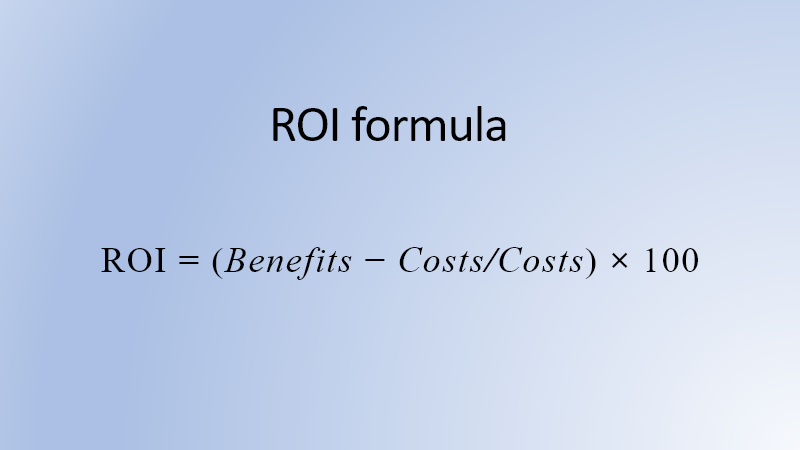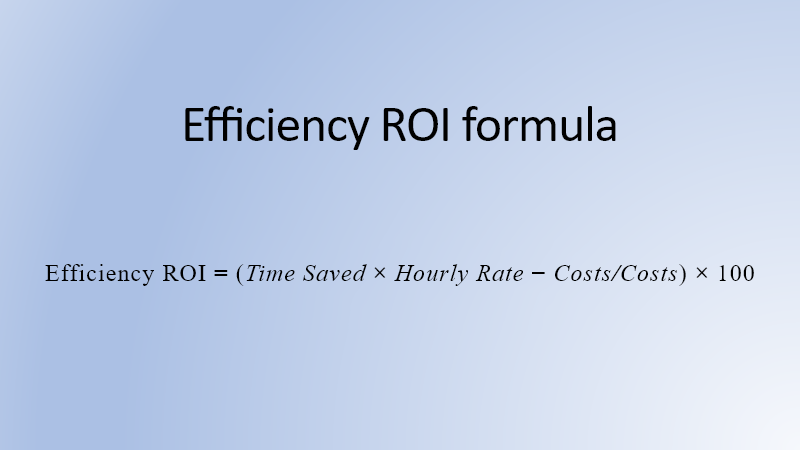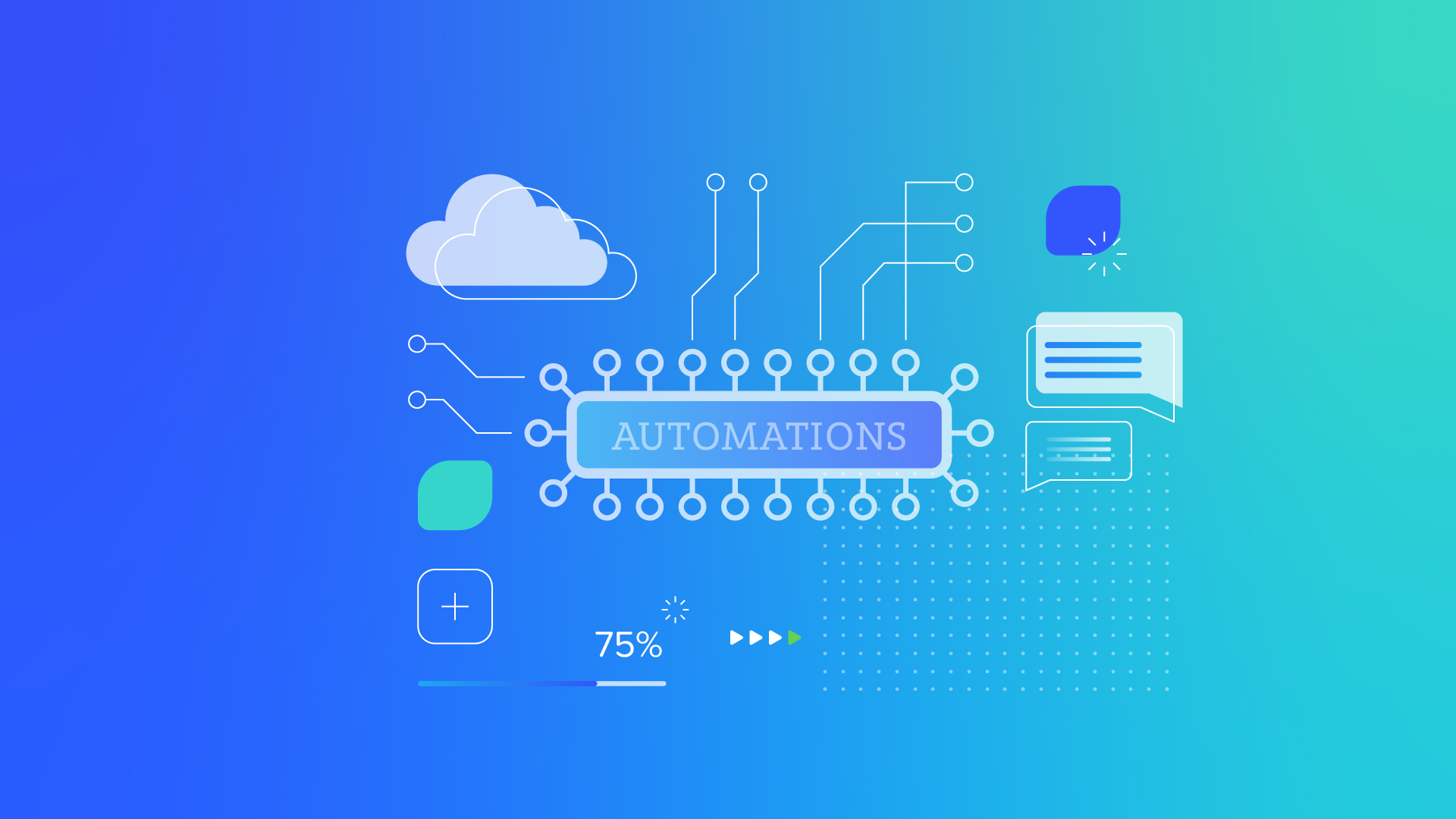Automation has completely changed the way businesses operate. For many, boosting efficiency and accelerating time to marketing have become quite easy goals to attain with the help of automation. However, there is a lot more to automation than you might first think, especially when it comes to return on investment. How to unlock the hidden ROI of process automation? Learn more in our guide.
Understanding Business Process Automation
Business process automation entails using certain tools and software to automate different tasks and reduce employees’ workloads. For example, a business can decide to implement test automation, replacing manual tests with automated tests. This can be done with processes and tasks across various departments, from marketing to HR. Here are some examples of the essential processes that can be partially or fully automated:
- Software development life cycle;
- Regression testing;
- Text generation;
- Software testing;
- Language generation;
- Information extraction;
- Text summarization;
- Document classification;
- Emotion detection;
- Market research;
- Lexical analysis;
- Sentiment analysis.
There are two types of business automation, each serving a specific purpose:
- Business process automation (BPA) uses various tools and software to fully or partially automate tasks while providing the company with important insights and ways to enhance productivity. BPA often refers to methods that allow for the automation of multiple tasks, impacting many departments within the company.
- Robotic Process Automation (RPA) focuses on automating repetitive tasks that are often rule-based and don’t require much decision-making. RPA mimics human actions while reducing the time and effort needed to complete specific tasks. While complicated in its own right, RPA is easier to deploy than BPA and does not produce an enterprise-wide impact.
97% of IT enterprise decision makers believe that process automation is crucial for digital transformation, serving as a key driver for innovation. Is this really the case? Let’s figure it out together.
Business Advantages of Process Automation
Process automation comes in many shapes and forms. For instance, test automation is ideal for businesses aiming to optimize their testing processes, and other businesses might be interested in marketing automation, which enhances all marketing efforts and helps create better campaigns. Regardless of the scenario, automation has many business benefits, such as:
A lot of time saved
Your teams likely spend at least a few hours per day on routine tasks that take up a lot of time and don’t require much creativity, critical thinking, or problem-solving skills. Many believe this is their employees’ wasted potential, but nothing can be done: these tasks need attention as much as bigger projects. With process automation, employees can free up their time for more strategic and difficult tasks and dedicate more time and resources to the completion of those creative tasks.
Reduced errors
Regardless of the level of professionalism of your team, mistakes will happen. It does not mean that your team is irresponsible or just not good at their job; to err is human, isn’t it? However, sometimes, the price of even a single error might be too high. With the right automation tools, you can minimize the chance of errors and relieve the burden on your employees.
Cost savings
By implementing automation, companies can significantly reduce operational costs. With automation, it’s possible to decrease the number of resources needed for each process and invest money into other projects, roles, and tasks instead. Automation saves money in many ways, from mitigating the risks of making an expensive mistake to reducing the time needed to finish almost any task.
Improved productivity
With the right automation strategy, companies can increase the productivity of their teams in at least two ways. First of all, instead of manually completing each task, employees can use automation to finish them in shorter terms. Also, the automation of multiple processes allows for better multitasking, making it possible to get done with a few tasks at the same time, while previously, only one process could be brought to full completion.
Enhanced safety
Many companies continue their battle against this one big issue: piles of paper documents. Going paperless is more than a trend, and many businesses are considering switching to digital documents for safety reasons. Storing important information digitally and implementing automation to safeguard your data can decrease the chances of cyberattacks, errors, and other security risks.
Processes standardization
Automation helps businesses standardize their processes. This way, you will always know the flow of each automated task and how and when it will be completed. You are the one who defines the rules when it comes to automating any processes, and you will always know that
How to Unlock Your Workforce’s Potential with Automation
There are numerous ways to leverage process automation to enhance staff efficiency and achieve superior results. Here are some tips that will help you make the most out of your automation strategy:
Automation doesn’t equal job loss
At first glance, the current trends in the job market appear daunting: by 2030, it’s predicted that at least 73 million jobs in the US alone could be lost to automation. But is it really true? The reality is that with automation, certain positions will likely become obsolete. However, these jobs will be replaced by new opportunities in emerging fields and industries.
Determine which processes need automation the most
Instead of automating everything right away, focus on finding out which processes would benefit most from automation. What tasks require the most time, resources, and money? Are there any tasks that are just too repetitive and draining? Not everything has to be automated, and when you do automate any tasks, make sure you get the most value from this decision.
Form an automation expert team
How can you ensure you choose the best-fit automation strategy and the right stack of technologies? Trying to figure it out yourself might result in wasting time and resources. Instead of doing all that alone, create a team dedicated to automating various processes that will assist you and your employees through each step of transformation.
Start small
Automating all possible processes might have many benefits, but this action will likely result in confusion and potential resource waste. A quick win does not mean victory, and if you want to experience all the advantages of automation, it’s best to focus on long-term automation goals and desired outcomes.
Establish an automation training program
Not everyone will enthusiastically welcome the changes. Many people don’t know much about the benefits of automation, and some are not even sure what it involves. For most of your employees, it will take some time and adjusting before they get used to new processes, tools, and responsibilities. Conduct training sessions, educate your staff on the benefits of automation, show examples of successful cases and other companies, and just provide your teams with all the support they need during the acclimatization period.
How eWizard Automates Content Marketing Efforts
eWizard is a content experience platform that helps businesses automate content-related tasks, boost the ROI of marketing automation, and optimize costs spent on content development. From email marketing automation to content delivery, eWizard is capable of assisting marketers with automating almost every process in the content lifecycle. Here is how this is possible:
Reusability
With eWizard, you can reuse all available templates, eliminating the need to create content from scratch whenever you decide to make a post or write an article. Content development becomes much easier with the reusability feature, allowing marketers and content creators to quickly create any piece of content while still maintaining its highest quality.
Translation automation
Preview content for a global audience and translate it with just one click. Available in many languages, eWizard quickly translates content to the preferred language, saving money and resources and accelerating time to market.
Improved collaboration
eWizard can serve as a collaborative environment where professionals from all departments can combine their efforts and work together on content creation, reducing the need for back-and-forth communication and extra expenses associated with delays and redundant tasks.
Version control
To ensure consistency across all your marketing campaigns and published content, you can use eWizard to view all versions of any material and revert changes when needed. Having control over all versions allows for the reduced overhead costs of producing and managing content and content creation tools.
Automated publishing across all channels
Instead of manually publishing each piece of content or using separate software for this goal, you can now completely automate this process with the help of eWizard. The content experience platform can be seamlessly integrated with many systems used by Life Sciences and Pharma companies, making content delivery smooth and quick.
Calculating the Return on Investment of Automation
Before you attempt to calculate return on investment (ROI), take a few steps first to guarantee the best results. Remember that ROI depends on how well you implement automation, and achieving better outcomes is always possible. Here is what you can do:
- Choose the right tasks to automate. As we said before, automating everything is not a great idea. Poorly made decisions on what to automate will have a huge impact on business process automation ROI.
- Don’t hesitate to customize. Examples of ROI formulas we give in this article might not be suitable for every project and company, so before applying any of them, think about how you might improve the formulas by adding your own elements. You can combine different formulas or add relevant variables to get the equation right.
Now, let’s explore some simple methods to calculate ROI of automation:
Basic ROI formula
The standard equation, used in many industries, can also be applied to automation. Here is how it looks:

Let’s say you invested in automation tools for your business. The costs and benefits would look like this:
- Costs: $10,000 (the amount spent on automation tools and implementation);
- Benefits: $15,000 (the value generated from implementing automation).
- Subtract the costs from the benefits:
Benefits − Costs = $15,000 − $10,000 = $5,000.
- Divide the results by the costs:
Benefits – Costs/Costs = 0.5.
- Multiply by 100 to get the percentage:
0.5 × 100 = 50%.
In our example, the ROI is 50%. This means that with every dollar invested in automation, 50 cents is returned.
Efficiency ROI calculation
The efficiency of ROI calculation allows companies to understand how much time they saved by investing in automation. Here is the formula:

For example, you decided to improve the efficiency of certain processes in your company. Let’s break down the details:
- Costs: $7,000 (the amount spent on tools and training);
- Time Saved: 500 hours (time saved due to automation);
- Hourly Rate: $25 (average hourly wage of employees performing the task).
- Calculate the value of the time saved:
Time Saved x Hourly Rate = 500 hours x $25 = $5,500.
- Subtract the automation costs from the value of the time saved:
Value of the Time Saved − Costs = $12,500 −$7,000 = $5,500.
- Divide the result by the automation costs:
$7,000/$5,500 ≈ 0.786.
- Multiply by 100 to get the percentage:
0.786×100 ≈ 78.6.
Final Thoughts
Automation ROI is a great way to evaluate the effectiveness of your initiatives. Remember to use it not only to measure the financial benefits of automation but also to measure other aspects. Calculating process automation ROI can provide insights into productivity improvements, cost savings, and efficiency of workflows. If you are preparing for the first steps into the process automation, consider implementing ROI calculation into your business strategy before you select the automation candidates.
If you want to learn more about automation and how you can leverage it to increase the efficiency of marketing processes, contact our experts today to discuss how eWizard can help you streamline operations and enhance your marketing automation ROI.
